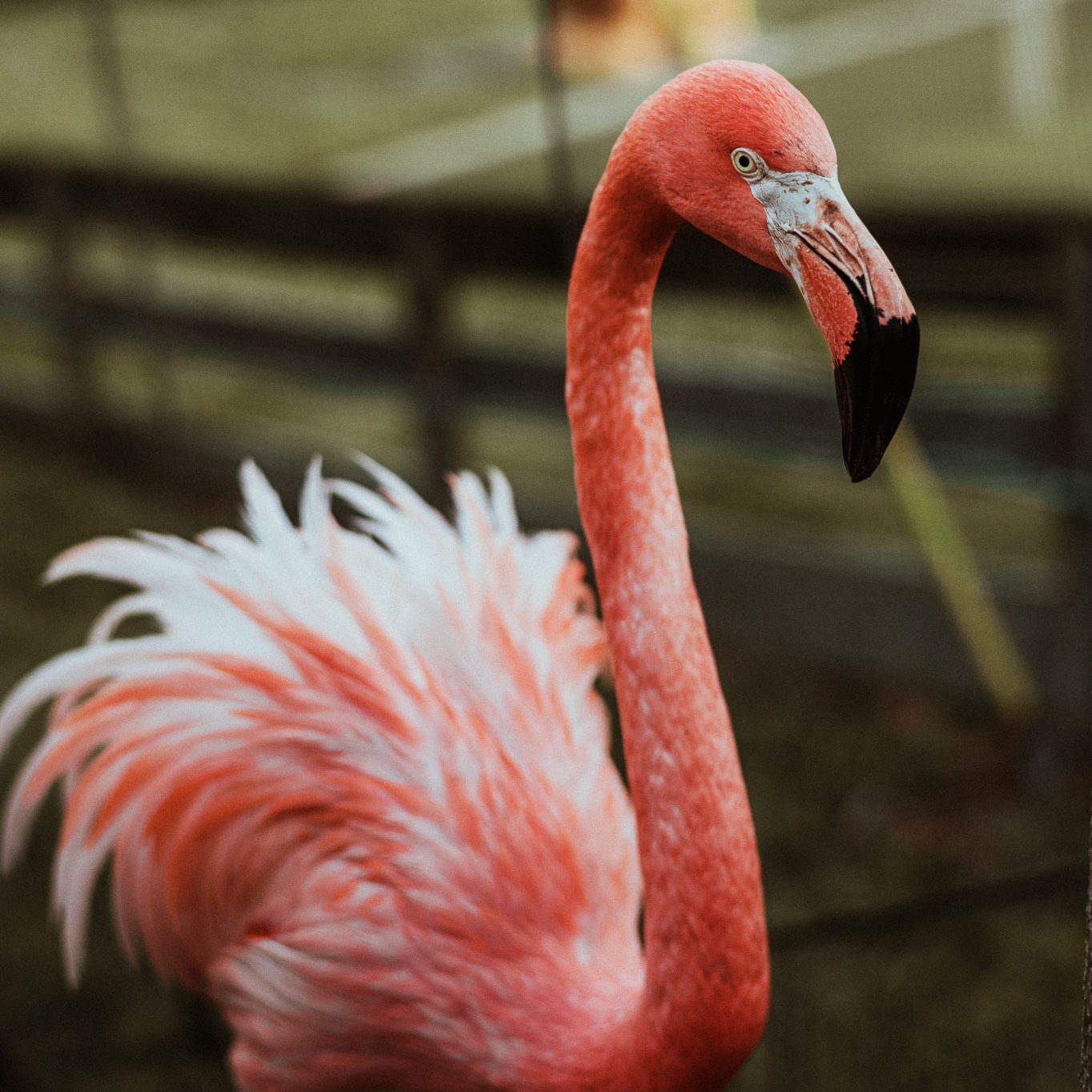- Fascinating Flamingo Physiology
- The Science Behind Their Signature Hue
- Behavioral Habits and Social Structure
- Conservation Efforts and Environmental Impact
- Engaging Public Awareness and Education
Flamingos are celebrated for their distinctive appearance, but there’s so much more beneath the surface. With long legs and graceful necks, these birds are perfectly adapted to their wetland habitats. Their physiology allows them to thrive in some of the most challenging environments, with specialized beaks and complex feeding mechanisms that filter small organisms from the water. This adaptation is essential for their survival and success as a species.
One of the most captivating aspects of flamingos is their breathtaking color. Their pink hue is derived from carotenoids in their diet, primarily from algae, crustaceans, and plankton. The intensity of their color can vary with diet, showcasing a fascinating link between nutrition and appearance. This process highlights the connection between ecosystem health and the physical characteristics of the species.
Flamingos are not just solitary beauties. They are social birds with complex behaviors and structured communities. Living in large colonies, they exhibit remarkable synchronization in their activities, whether feeding, flying, or nesting. This social structure is vital for mating rituals and defensive strategies against predators. Understanding these behaviors can provide insights into their communication and social interactions.
Conservation efforts are crucial for flamingo populations. Many species face threats from habitat loss, pollution, and climate change. Conservationists strive to protect vital wetland habitats and implement breeding programs to sustain populations. Awareness and active protection efforts can help mitigate these threats and preserve flamingos for future generations.
Raising public awareness and education about flamingos and their environment is essential. Zoos, such as Sunset Zoo, play a significant role in this mission. By providing immersive experiences and factual information, they foster a connection between people and wildlife. This engagement encourages environmental stewardship and a greater understanding of the ecological significance of flamingos.
Flamingos, with their striking appearance and unique adaptations, continue to fascinate both scientists and the general public. Their presence in the wild and in managed care offers valuable insights into avian biodiversity and conservation. Through ongoing efforts to understand and protect them, these iconic birds will remain a symbol of beauty and resilience in ecosystems worldwide.
*****
Source Description
🦩Happy International Flamingo Day!🦩
We’re tickled pink to celebrate our fabulous flock of American flamingos! From their striking color to their sassy strut, they’re truly one-of-a-kind.
Fun fact: Their pink comes from the carotenoids in their diet—talk about eating your way to fabulous!
Swing by Sunset Zoo and give a wave (or a wing flap) to our flamingo crew today!
📸: We chase the light


